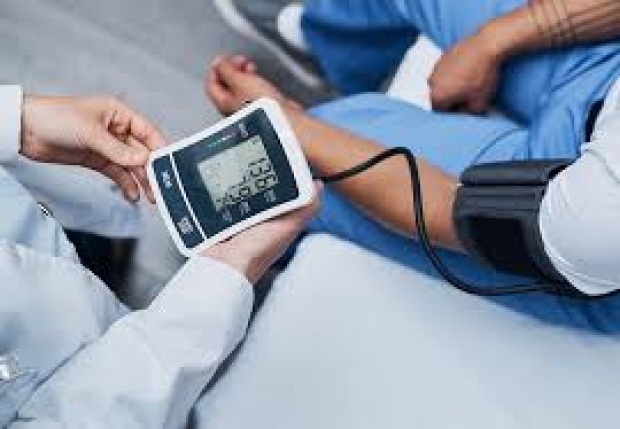Interested in user experience, Cyber Duck UX Agency created three websites with numerous issues which 1,100 participants tested, to establish which website issues cause users the most stress as measured by their blood pressure levels.
Cyber Duck UX Agency found that slow loading pages cause website users the most stress as average blood pressure levels jumped from 111 mm Hg to 134 mm Hg. This led to an increase of 21 percent in blood pressure levels.
The average page load times of the websites used in the study were between 8.8 - 10.5 seconds - participants used words such as ‘frustrating’ and ‘excruciating’ to describe the websites’ page load speeds. Participants felt anything above five seconds for a page load time is ‘inconvenient’ and ‘unacceptable’.
Multiple pop-ups are in the second position as they caused participants’ blood pressures to rise from 108 mm Hg to 130 mm Hg. The pop-ups participants saw during the experiment included newsletter subscriptions, discount codes, sale awareness and trial offer pop-ups. Participants stated that the use of multiple pop-ups was ‘annoying’ and ‘unnecessary’.
In third place is auto-play music as participants’ blood pressure elevated by an average of 20 percent, from 106 mm Hg to 127 mm Hg. Participants thought the unwelcome blaring of auto-play music on the websites was ‘infuriating’ and ‘disruptive’.
In comparison, auto-play videos fared better in fifth place as participants’ blood pressure surged from 104 mm Hg to 121 mm Hg, a 16 percent increase. Even though participants stated that auto-play videos were ‘distracting’, they said it was easier for them to spot and turn off the source of the sound compared to auto-play music.
In the seventh position are the websites hard to read fonts which led to a 13 percent rise in participants’ blood pressure levels, from 104 mm Hg to 118 mm Hg. Participants thought the fonts on the website were ‘unwelcoming’ and ‘inconsiderate’.
On the other end in tenth place, participants took the least issue with disorienting animations on the websites with average blood pressure levels changing from 102 mm Hg to 107 mm Hg – only a five percent increase.
Slightly above disorienting animations is multiple image sliders, which rank ninth. Within the study, there were nine image sliders (also known as carousels) per website – the use of this many image sliders elevated the blood pressure of participants from 99 mm Hg to 109 mm Hg. Participants said any more than three image sliders on a website page are ‘excessive’ and ‘oversaturated’.

